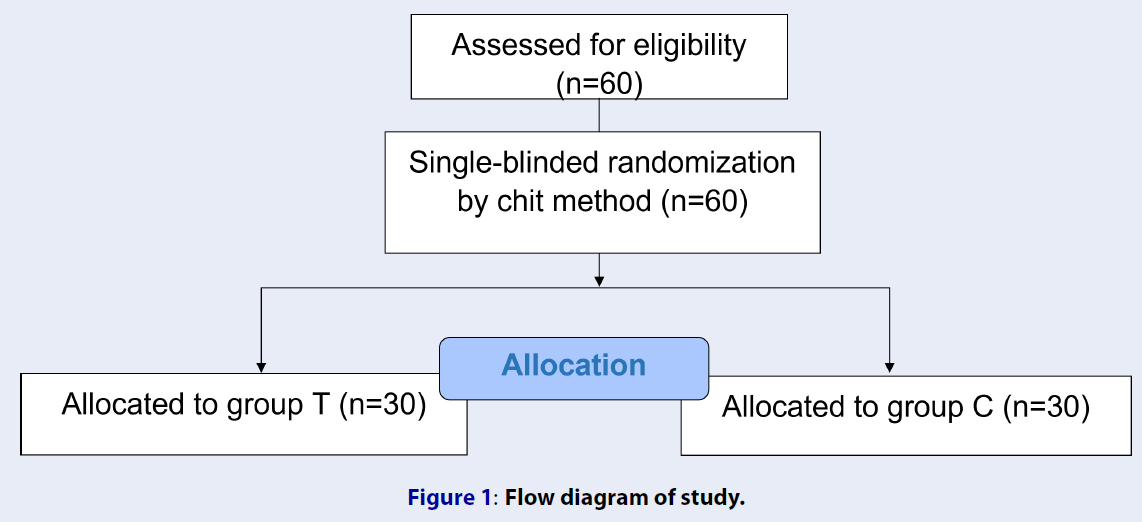Pain relief after maxillofacial surgery: efficacy in patients undergoing ultrasound-guided trigeminal nerve block – a randomized controlled trial
DOI:
https://doi.org/10.15419/bmrat.v9i1.723Keywords:
Maxillofacial surgery, trigeminal nerve block, regional anesthesia, postoperative analgesia, VASAbstract
Background: Pain management is a critical factor for successful surgical outcomes, as it enables patients to recover more quickly. Maxillofacial surgery is typically complex and requires appropriate pain relief methods. In this study, the use of ultrasound to guide the blocking of the trigeminal nerve was investigated.
Methods: The study enrolled 60 patients in a randomized controlled trial. The patients were divided into two groups: group T received a trigeminal (V) nerve block using ropivacaine under ultrasound guidance; and group C, the control group, received paracetamol infusion. During follow up, the following outcomes were assessed: time required for the first dose of pain relief; 24-hour dose of ketorolac in both groups; visual analog scale (VAS) score at rest and when moving; changes in hemodynamics, including pulse, systolic blood pressure, diastolic and blood pressure and changes in respiration including respiratory rate, and SpO2. Systemic complications such as allergies, anaphylaxis, drug overdose, and anesthetic toxicity, as well as local complications such as vascular puncture, nerve damage, hematoma at the injection site, facial paralysis, jaw dropping, and paresthesia/numbness of the lips and tongue were evaluated.
Results & Conclusion: The results showed that blocking branches V2 and V3 of the trigeminal nerve under ultrasound guidance improved pain relief in patients compared to the intravenous paracetamol. The VAS score of the study group was lower than that of the control group in most cases. In addition, the investigated group could tolerate pain longer until the later first dose of analgesic with a lower dose of ketorolac, which suggests the potential of this intervention in managing pain from maxillofacial surgery.

Published
Issue
Section
License
Copyright The Author(s) 2017. This article is published with open access by BioMedPress. This article is distributed under the terms of the Creative Commons Attribution License (CC-BY 4.0) which permits any use, distribution, and reproduction in any medium, provided the original author(s) and the source are credited.
